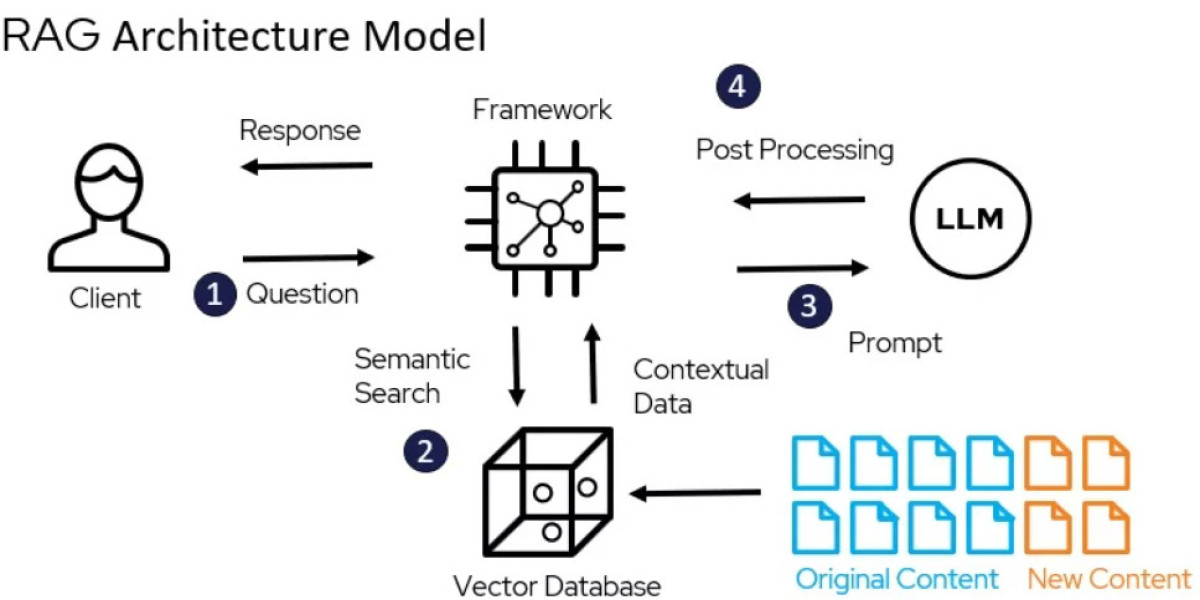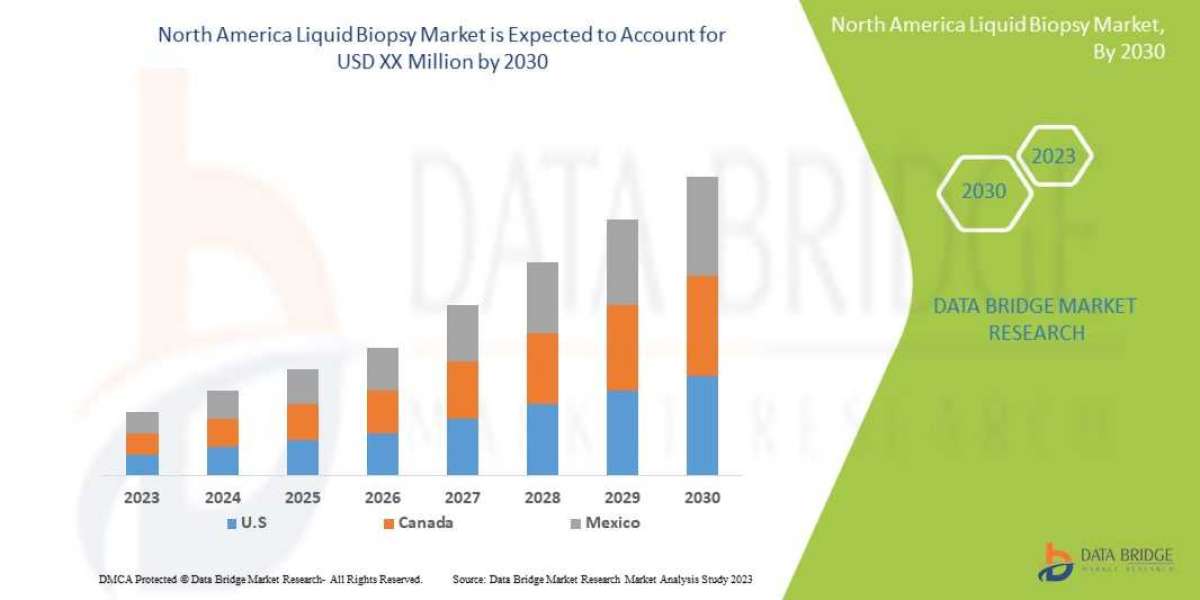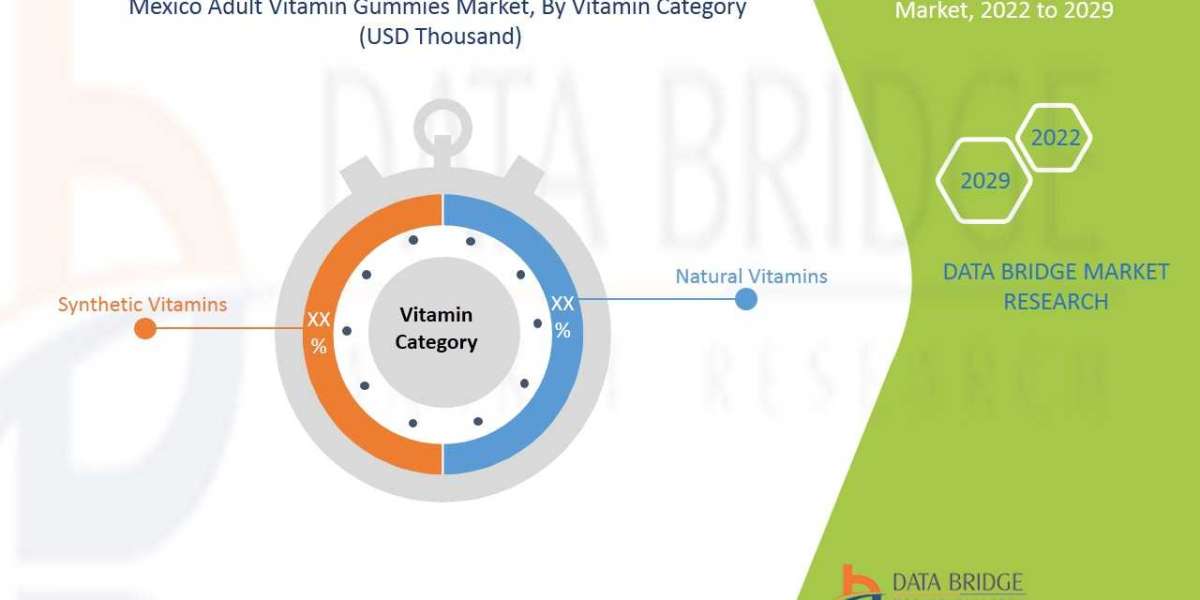Understanding RAG and Fine-Tuning
RAG: Retrieval-Augmented Generation
RAG is a sophisticated approach that combines retrieval and generation techniques to produce contextually relevant and informative text. It leverages a knowledge base to retrieve relevant information, which is then augmented and synthesized by a language model to generate coherent responses. RAG enhances the quality and relevance of generated text by incorporating retrieved knowledge into the generation process.
Fine-Tuning
Fine-tuning, on the other hand, involves adapting a pre-trained language model to a specific task or domain by exposing it to task-specific data. This process entails updating the parameters of the language model through additional training on task-specific datasets, thereby fine-tuning its performance for a particular application. Fine-tuning allows language models to adapt to new tasks and datasets, improving their effectiveness and applicability in diverse contexts.
Contrasting RAG and Fine-Tuning
Approach
- RAG: RAG focuses on integrating retrieval and generation techniques to produce contextually relevant text by leveraging a knowledge base.
- Fine-Tuning: Fine-tuning involves updating the parameters of a pre-trained language model based on task-specific data to improve its performance on a specific task or domain.
Input Data
- RAG: RAG operates by retrieving relevant information from a knowledge base or dataset to augment the generation process.
- Fine-Tuning: Fine-tuning requires task-specific data to adapt a pre-trained language model to a particular task or domain.
Output
- RAG: RAG generates text that is contextually relevant and informed by retrieved knowledge, enhancing the quality of responses.
- Fine-Tuning: Fine-tuning modifies the parameters of a language model to optimize its performance for a specific task, improving accuracy and effectiveness.
Applications and Use Cases
RAG
RAG is well-suited for applications requiring contextually informed responses, such as question answering, dialogue generation, and content creation.
Fine-Tuning
Fine-tuning is commonly employed in tasks where pre-trained language models need to be adapted to specific domains or tasks, including sentiment analysis, named entity recognition, and text classification.
Conclusion
In summary, while both RAG and fine-tuning play crucial roles in enhancing the capabilities of language models, they operate through distinct mechanisms and serve different purposes. RAG emphasizes the integration of retrieval and generation techniques to produce contextually relevant text, whereas fine-tuning focuses on adapting pre-trained models to specific tasks or domains. By understanding the differences between RAG and fine-tuning, practitioners can effectively leverage these techniques to address diverse NLP challenges and applications.








